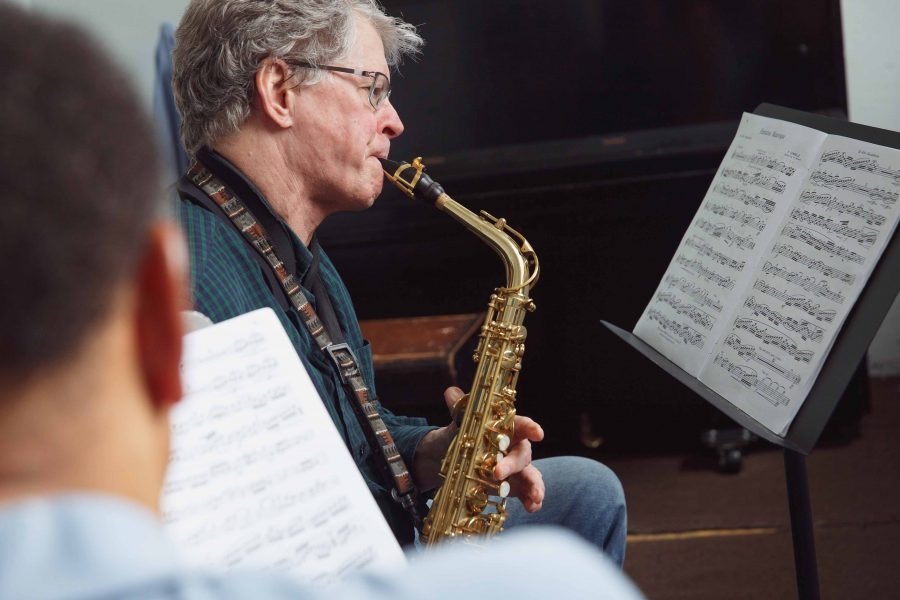No, 40 is not too old to learn saxophone. In my decades-long career as a saxophone instructor, I’ve guided countless students in their 40s—and far beyond—to meaningful musical growth. While adult learners face unique challenges, they also possess distinct advantages that can lead to profound success when approached strategically.
The Realities of Learning Saxophone at 40

1. Life’s Competing Priorities
Adults in their 40s often juggle careers, parenting, and household responsibilities, leaving limited time for practice. Unlike teenagers or college students, you can’t dedicate hours daily to scales and études—and that’s okay. The key lies in intentional, focused practice. Research shows that 20-30 minutes of deliberate, distraction-free practice (think: long tones, targeted scale work, and incremental song learning) often yields better results than unfocused marathon sessions.
Many of my adult students practice during lunch breaks, early mornings, or after the kids’ bedtime. One adult student transformed his commute time by visualizing fingerings during rides to work—a creative adaptation that accelerated his progress.
2. The Expectation vs. Reality Gap
Having spent decades listening to professional saxophonists, adults often feel discouraged when their initial attempts sound breathy or off-pitch. This gap between aspiration and reality can derail motivation if not addressed head-on. A adult student of mine described his first month as “a humbling duel with squeaks,” but within six months, he was improvising blues licks confidently.
The solution? Embrace incremental progress. Track small victories: cleaner note transitions, longer sustained tones, or mastering a single measure of a favorite jazz standard. Apps like iRealBook offer play-along tracks that make progress tangible.
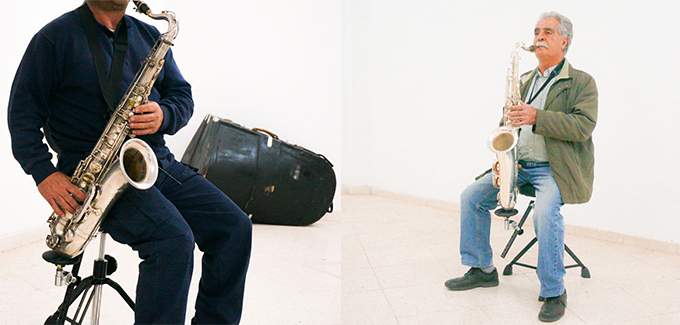
3. Hidden Advantages of Adult Learners

4. Cognitive and Emotional Benefits
Contrary to stereotypes, adult brains exhibit neuroplasticity—the ability to rewire neural pathways through learning. Studies indicate that playing saxophone strengthens memory, sharpens focus, and even mitigates age-related cognitive decline. One 58-year-old beginner reported improved multitasking at work after just three months of lessons.
Adults also approach music with emotional depth younger students often lack. You’ve lived through heartbreaks, triumphs, and quiet joys—experiences that infuse phrasing with authenticity.
5. Social and Community Opportunities
Unlike teenagers, 40+ learners can immediately engage with live music scenes. Join local jazz jams, blues clubs, or community bands—environments where your life experience becomes an asset. I’ve seen students land gigs within a year by networking at open mic nights.

6. The Gear Trap: Avoiding Costly Mistakes
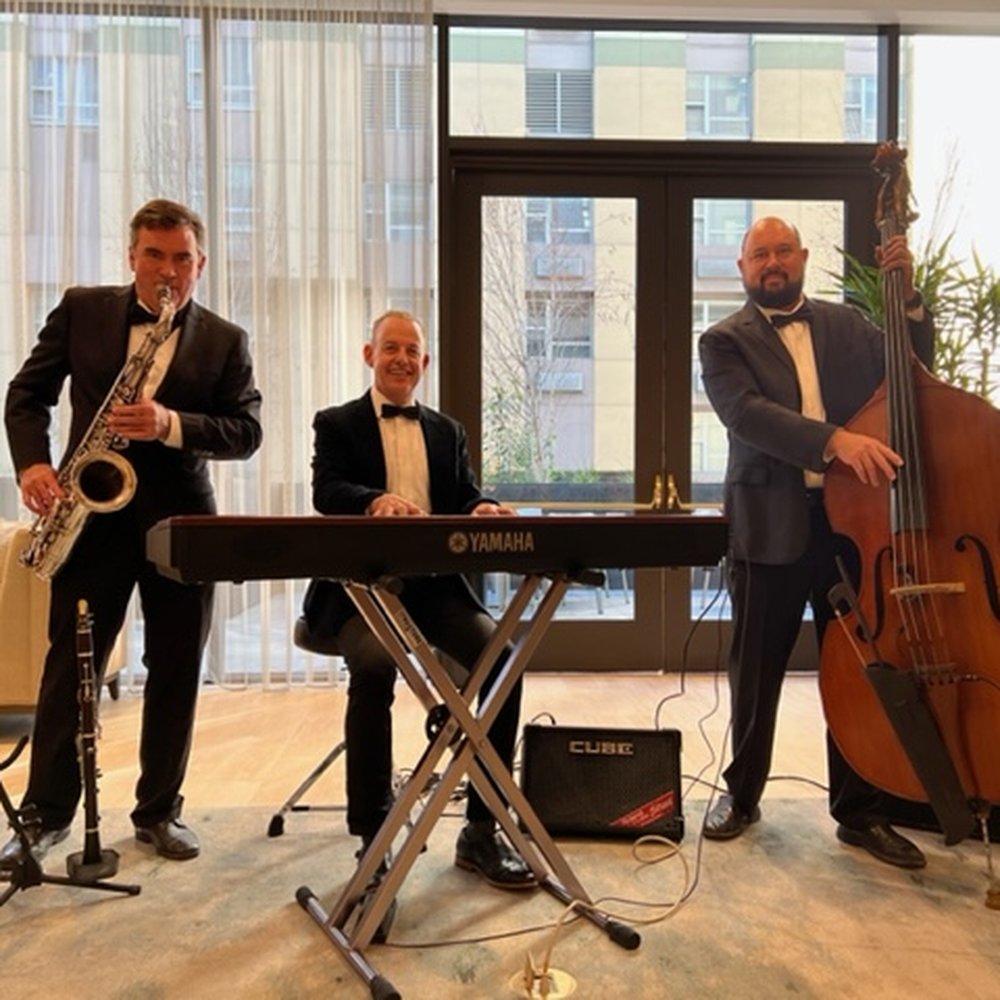
7. Why Quality Matters
Cheap saxophone bundles (often under $500) frequently have misaligned keys, leaky pads, and mouthpieces that hinder progress. An adult student I knew wasted months battling an Amazon-purchased saxophone before upgrading to a refurbished Yamaha—a switch that tripled her practice efficiency.
Invest wisely from day one:
- Rent or buy student-model saxophones from reputable brands like Yamaha, Jean Paul, or Selmer
- Start with a medium-chamber mouthpiece (e.g., Meyer 5M or Yamaha 4C) to balance tone control and projection
- Use strength 2.5 reeds until embouchure strengthens
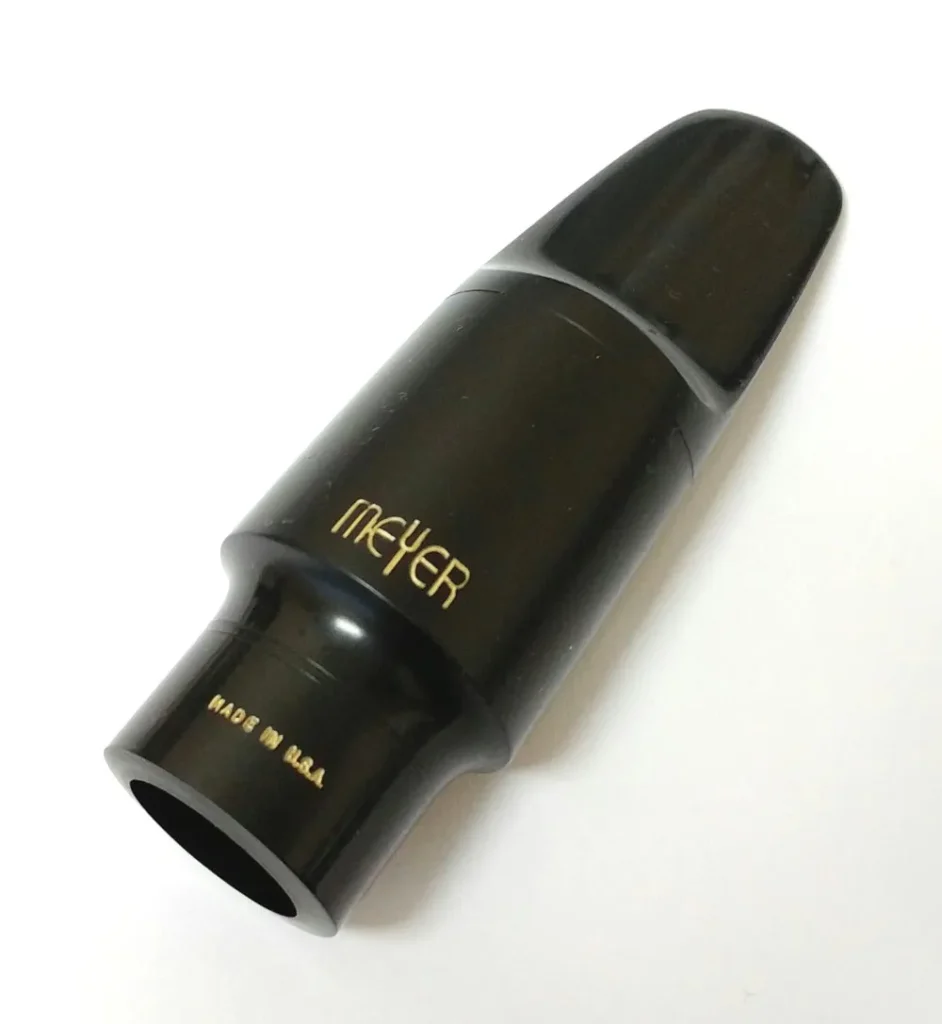
The Instructor Edge: Accelerating Progress

8. Tailored Learning Over Generic Lessons
While YouTube tutorials abound, they can’t correct your embouchure or diagnose breath support issues. A study of 100 adult learners found those with weekly lessons progressed 3x faster than self-taught peers.
Seek instructors who:
- Teach songs you love (from Sinatra to Snarky Puppy)
- Offer hybrid online/in-person flexibility
- Understand adult schedules (many pros offer 30-minute “micro-lessons”)
An adult marketing director combined biweekly Zoom lessons with once a week in-person lessons, achieving his goal of playing Take Five within eight months.

Realistic Timeline: From Squeaks to Stage
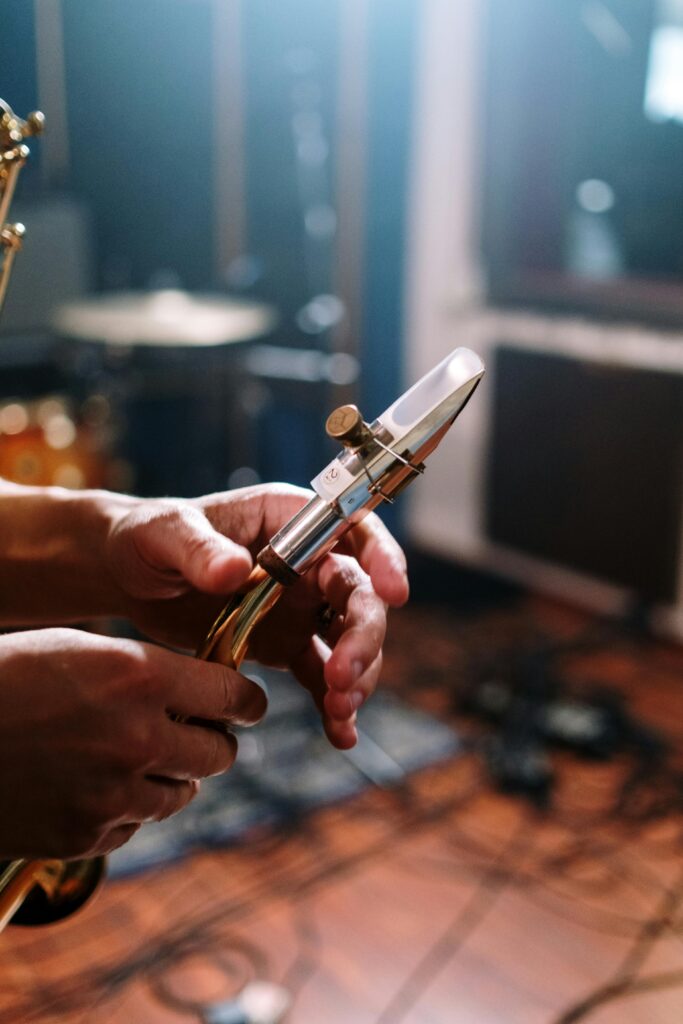
9. The 6-12 Month Milestone
With 30-60 daily minutes of structured practice and weekly lessons, most 40+ students can:
- Play major scales fluidly
- Improvise basic blues solos
- Perform 3-5 jazz/pop standards at tempo
- Read lead sheets confidently

Conclusion: Your Musical Journey Starts Now
Learning saxophone at 40 isn’t about becoming the next Charlie Parker—it’s about enriching your life through music. Embrace the slow burn of progress, celebrate small wins, and let the saxophone become your creative sanctuary. As another adult student told me, “It’s never too late to discover the joy of making music—even if your first gig is at a neighborhood Blues Jam.”

